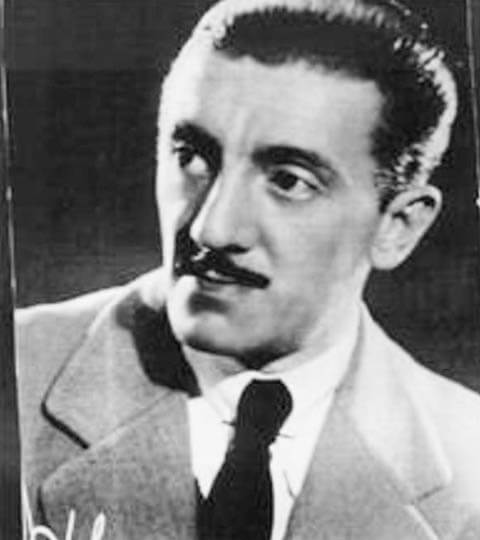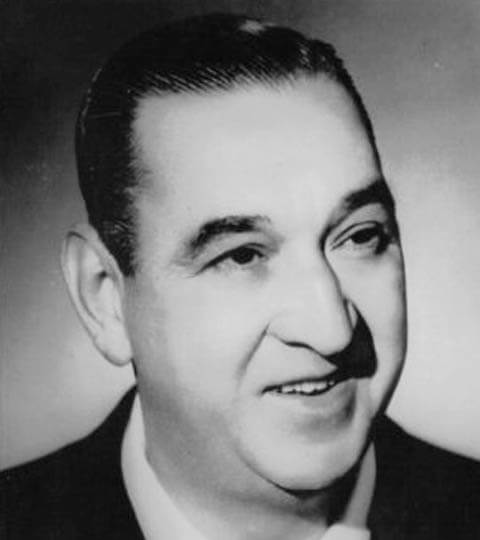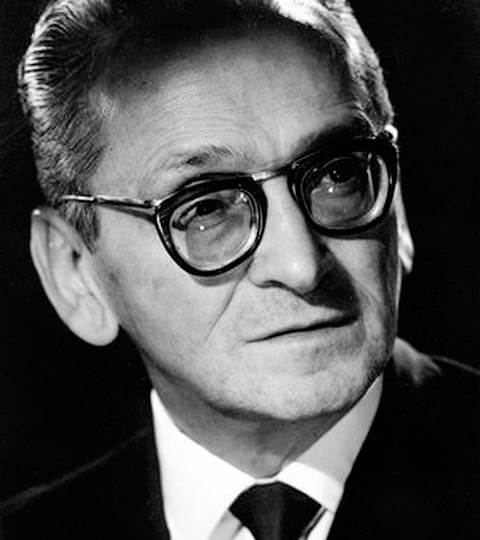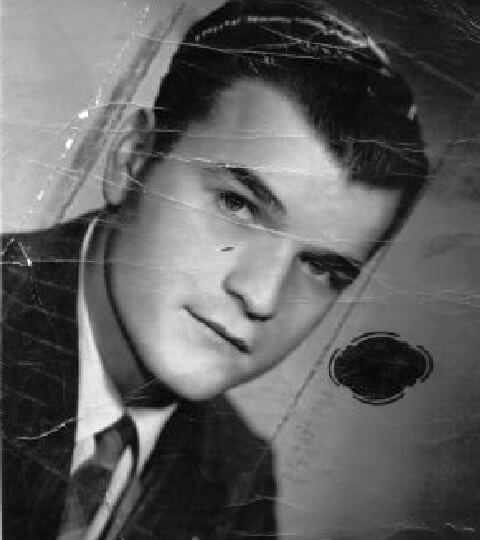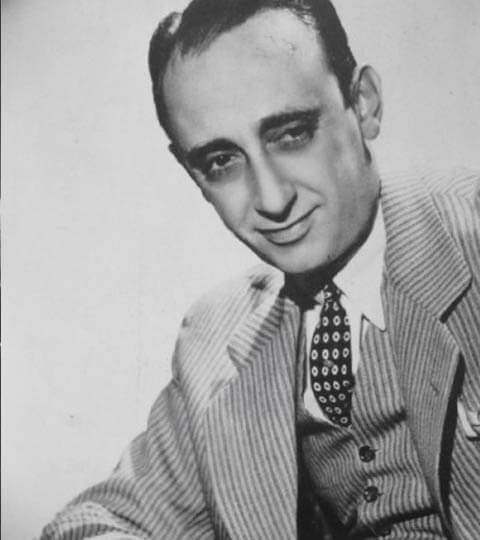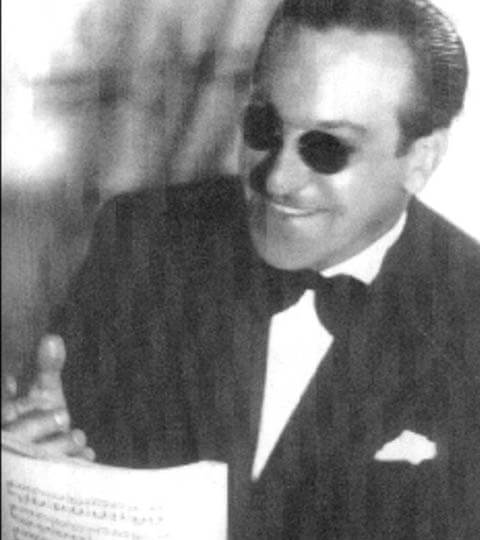Gregory Diaz
OSVALDO FRESEDO
El Pibe de la Paternal
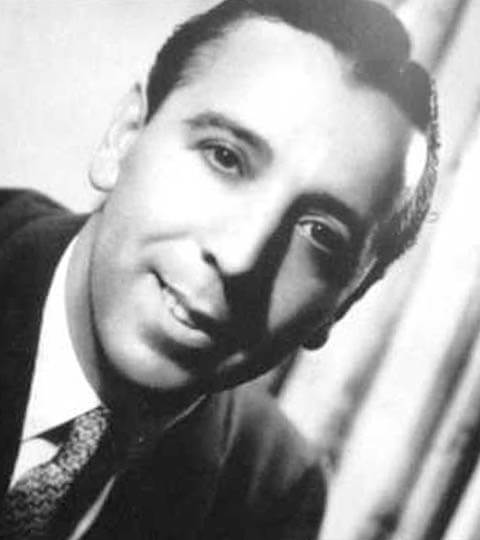
"I always followed my way: a music with a clean melody, full of shades, well balanced between bandoneons and violins… I want to touch people with the melody, reach their heart, but softly. [...] The first thing I use to do, is to convince each musician until they feel for real what they are going to play."
Gregory Diaz
TANGO STEP WRITING (TSW)
Fast method to write tango sequences
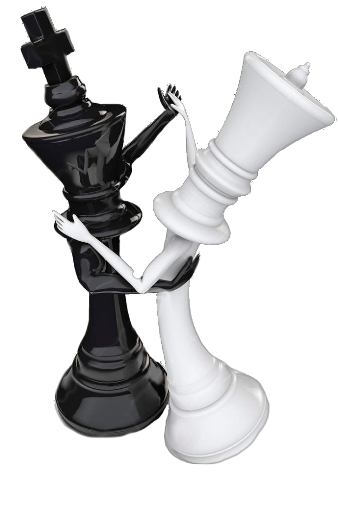
TSW is a writing language useful to describe tango sequences. This writing is simple, fast to write, quick enough to decode and should not be so long to learn. It often describes both leader and follower steps in a single and combined notation which is near to how you could say it orally.
Gregory Diaz
How to use TangoLink?

TangoLink is a unique solution to reliably and consistently rename and tag your music collection, metadata coming directly from El Recodo Tango Music. In addition to saving a lot of time, your collection can be kept up to date in case of correction or improvement of discographic information. This article will allow you to quickly understand TangoLink.
Gregory Diaz
Advanced customization of your tags and file names with TangoLink.

This article provides all the details for the configuration and customization of TangoLink. Please note that we are tackling the advanced configuration here, so it is recommended to have at least tested TangoLink and to have understood its basic principles.
Gregory Diaz
How to properly organize your tango music collection?
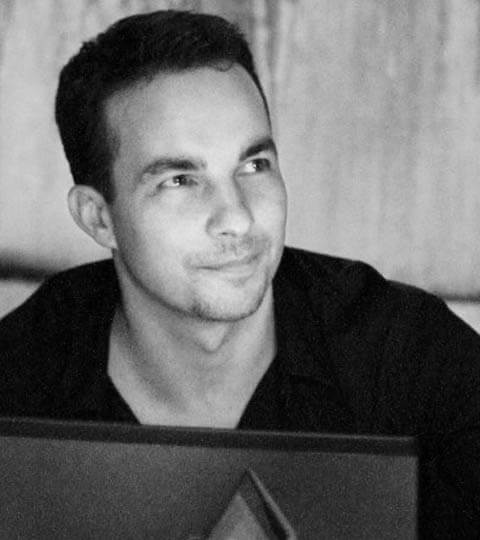
Are you a tango DJ or planning on becoming one? Are you a dancer who just wants to enjoy her/his tango music at home?
Well, then you should take a little bit of time to label your audio files and replace those “Track 01.mp3” on the recordings you like so much without even knowing the orchestra or when they were recorded. It is time you organized your tango library, and the following will probably help you!
Gregory Diaz
TANDAS and CORTINAS
Understand and build tandas

Musicalize a milonga is not something that easy and each tango DJ brings his own sensitivity depending on the place, the people, the dance floor… This article describes the structure of a traditional milonga, with tandas and cortinas. Then I give some elements to build consistent tandas (or understand them better) with few examples.
Gregory Diaz
Some definitly lost tangos

You may recognize yourself in this description, today most tangueros download free mp3 files, use mainly YouTube or an equivalent, or even use these over-compressed contents for their milongas, without knowing – by habit or because they had no chance to really compare – the huge impact on audio quality.
Gregory Diaz
ANIBAL TROILO
Pichuco
Veronica Toumanova
Why most advice you get about your dancing is wrong
Since the beginning of tango there exists a belief that your dance partners are the best authority when it comes to judging your dance. It is largely true, especially when it comes to the “human factor”. Yet, and this might come as a surprise, when another dancer gives you advice he or she is often wrong.
Véronica Toumanova
Why your dance does not look good despite all the practicing
“Becoming” dance is what ultimately dance is all about and it means to be fully present in what your body is doing, at once being the dancer and letting the dance happen through you.
Véronica Toumanova
Why we believe that dancing with better dancers makes us dance better
If you find yourself chasing the better dancers without offering something in return, you are being a consumer, not an equal partner. If you demand that they dance with you because this is supposed to be the only way for you to improve, you are using it as an excuse to coerce them into dancing with you.
Véronica Toumanova
Why there is often so little dance in people dancing tango
Every creative act, from cooking to telling a story, needs ideas, energy and ways of expression. In dance the way of expression is your body. Therefore dance is not something you do, it is something you must become.
Véronica Toumanova
Why we marvel at steps but yearn for embraces
No two embraces are alike, as no two dancers are alike. We study steps, obsess over technicalities, practice feet positions and balance, yet I believe that what draws us to tango are the embraces. After a tanda we rarely recall the steps we danced...
Véronica Toumanova
Why we fight when practicing, especially with people we love
Working together very closely with just one person is quite difficult. Whether it is a business you two are running together, a book you are co-writing or a house you are designing, a close collaboration always provides challenges. Tango adds an important difficulty on top of this. And no, it is not love.
Véronica Toumanova
Why we are told to dance with our hearts
One day a new student came for a private class and said to me: “You know, I have taken classes with all these wonderful teachers. I am a beginner, so of course I struggle, and I keep being told that I have to dance like a macho. But I am not a macho. I don’t want to be a macho. I really dislike machos. Does this mean I can never dance tango?”
Véronica Toumanova
Why tango teachers ask you to imagine things
[...] It is always a combination of things that makes us move in delicious ways, feeling at once light and powerful, spontaneous yet in control, free to express ourselves in dance. Images are often the only gateways leading you to this freedom.
Véronica Toumanova
Why tango dancers lose interest in improving their skill
We all have heard stories about “needing to walk for ten years” before knowing how to walk. Yet I see that only a small minority of people continue to improve their skill past a certain point. As a dancer and teacher I naturally ask myself why.
Véronica Toumanova
Why we often misunderstand the words “lead” and “follow”
My favorite trick to play on a beginner student is to lead him to walk while touching only slightly or not at all. His utter amazement at me (tiny woman!) leading him (a big and clumsy man!) to move in the direction I want points to the “magic” of tango.
Véronica Toumanova
Why leaders get bored with themselves and what to do about it
Your mind thinks that true tango is in the cool steps, a particular embrace, a specific partner or the right music. Yet true tango is in none of that, it is in your NOW moment and only there, along with other important things of life, such as love, joy and happiness.
Véronica Toumanova
Why tango changes your life
Tango changes your life, whether you notice it or not. [...] I don't know anyone in tango whose life this dance did not change in some way or another, some way that goes beyond tango itself.
Véronica Toumanova
Why the most important thing in tango is not a tango thing
Just look at what we thought beautiful ten years ago and what we enjoy now. Tango flows, and so should you. If after reading this you feel that you gained some new understanding, then congratulations: your point of awareness just shifted.
Véronica Toumanova
Why in tango we are not that social
By accepting each person’s right to a desire, you can also accept the rejection without feeling that it has an impact on your value.
Véronica Toumanova
ДРУГИЕ
Little handbook of the invitation by the mirada

What you always did want to know about the "mirada" without ever daring to ask. I see there are a lot of popular (and false) beliefs surrounding the invitation by the "mirada" in tango and that this is always a controversy, particularly in a context where women are having hard time inviting.
Carlos Di Sarli (Anonymous)
